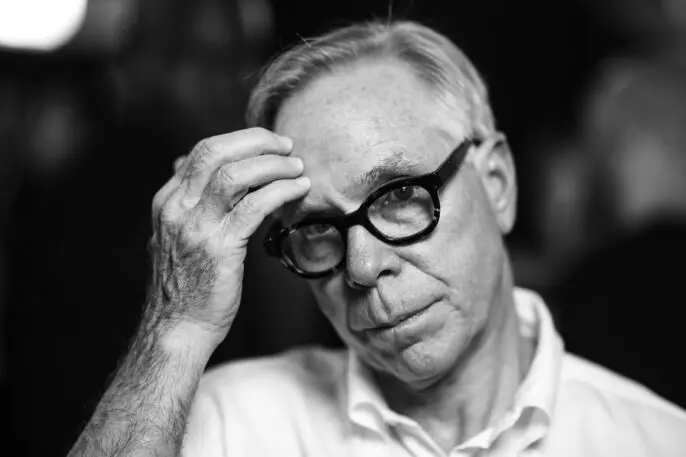On the roof of Tommy Hilfiger’s European distribution center—located in the Dutch town of Venlo—are 48,000 solar panels, just one of the latest steps the fashion brand has taken to be more sustainable. CEO Martijn Hagman announced the completion of the solar panel roof at the Fast Company Innovation Festival on Tuesday, saying the company believes it’s “one of the most powerful solar roofs in the world at this moment.”
That solar roof powers all of the brand’s operations in the Netherlands—and gives electricity back to the grid. It’s one of a string of sustainability initiatives inline with the iconic apparel company’s Make it Possible program, which outlines 24 targets focused on circularity and inclusivity for the brand to hit by 2030.
Hagman and company founder Tommy Hilfiger both stressed the importance to the company of focusing its innovation not solely on environmentalism, but also on inclusivity. “For us, sustainability is not just the environmental side, which is important, but it’s also social sustainability,” Hagman said. Guiding the Make it Possible efforts is the mission to “waste nothing and welcome all.”

The company is aiming for a 30% reduction in its overall supply chain’s greenhouse gas emissions, has already started washing its denim without water—using lasers instead to break the fabric down, which prevents the polluting indigo dye from washing into rivers and oceans—and has also launched the People’s Place program, which will give opportunities to people of color entering the fashion world.
Zero waste will mean big changes for a clothing company: Hagman adds that the company wants to have zero inventory. “How do you do that?” he said. “Honestly, to some of those bigger ambitions, we don’t yet know how to do it. We don’t yet know how to get there, but we did want to set that north star for ourselves. We wanted to put our ambition there and not give up on it.”
The COVID-19 pandemic has put a strain on the fashion industry, but even that challenge has led to innovations at Tommy Hilfiger that combine a digital-first approach with a sustainable future. The company is doing more 3-D digital designing, Hagman said, leaving the era of sketches and physical prototypes, which coincidentally saves logistic costs, wastes, emissions, and money.
Still, both Hagman and Hilfiger know there’s more to do. “I have to say, I got really inspired to see how the world was collaborating and joining forces in the time of COVID,” Hagman said. “And we actually hope that we can do the same when it comes to some of the big social and environmental sustainability challenges that not only we as a brand and as an industry but the whole world is facing.”
Recognize your brand’s excellence by applying to this year’s Brands That Matter Awards before the early-rate deadline, May 3.
